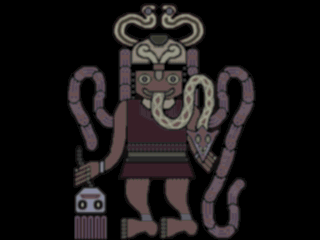


If there’s nothing you could have done to prevent such a tragedy, why were you even playing the game in the first place? But here, the sense of hopelessness carries with it an extreme weight. It’s often an approach that leads to complete frustration, something that serves to remove you entirely from the experience. It’s a brave decision to end a game with the primary character’s demise. It’s all very abstract and psychedelic, and some may be turned on by that alone, but it’s not really poignant in any way until you realise that this is the story of a deeply troubled young lady who ultimately goes on to commit suicide. Otherwise, all you have is a series of explorable dreams, which make little or no sense out of the context of Madotsuki’s mind. The thing is, it’s a game that doesn’t really lend itself to any meaningful discussion until you start to analyse its central character, and gaining that insight is only possible when you view Yume Nikki back to front. Writing about it, then, is going to involve a pretty severe spoiler, and if you’re completely ademant that you’re going to see this incredibly strange adventure through to its conclusion, you should almost certainly do so before reading another sentence of this analysis. It’s almost impossible to talk about with any authority without this knowledge, and without making numerous references to the finale. UnderstandingYume Nikki really involves knowing what happens at the end.

Find it at the Dream Diary website or by searching Dream Diary on iTunes. 2018 update: I went on to make a podcast series about Yume Nikki, which is currently ongoing.


 0 kommentar(er)
0 kommentar(er)
